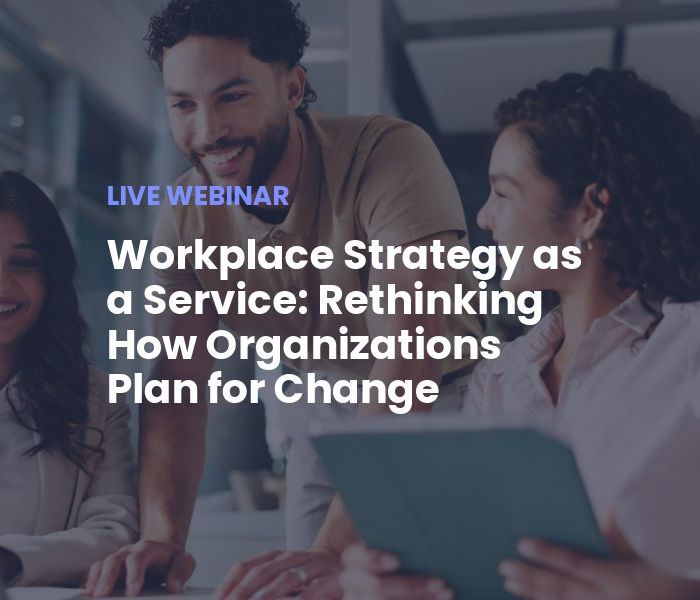As more organizations shift to a hybrid workspace, they are faced with unprecedented uncertainty when it comes to real estate, facility and space management. They need to understand what activities are taking place at their facilities if they are to monitor the effectiveness of their return-to-work and hybrid workplace strategies.
This is why it is a critical time to optimize the office real estate’s environment, while organizations are adapting to new work models and technologies that are threatening to disrupt their long-established company culture. To this end, every organization needs to find innovative ways to manage office real estate costs and identify the ideal configurations, locations, amenities and goals for their workplace.
Data-driven analysis
The solution is a technological approach guided by real-time data analysis. A solution capable of doing this must integrate with workplace spatial and room scheduling data and occupancy and environmental sensor data.
It is not about reinventing the wheel, but providing a more advanced overlay to existing systems which can then deliver comprehensive multi-data point analysis. By capitalizing on the data generated by incumbent systems, an overlay analytics platform will give you a single lens to view multiple factors, creating cross-product insights that give you a better understanding of employee attendance, areas of underutilization and congestion, departmental utilization and allocation, and the size, frequency, and duration of meetings.
Suppose decision-makers can access a streamlined view of all workplace data in a single location. In that case, they can become more proactive in identifying the trends and opportunities where the workspace can be improved upon. As a result, they will realize real estate cost savings, improve their operational efficiency, increase their utilization rates and achieve sustainability goals in a world driven by renewed environmental awareness.
Birds-eye view
Of course, none of this analysis can happen in isolation. To optimize all aspects of the workplace, an effective solution must deliver proactive notifications and alerts for key performance indicators, such as a real-time notification when a configured congestion threshold is exceeded.
And with the workforce being distributed, this information must be readily accessible via mobile devices. As part of this mobility enablement, information in dashboards must convert to PDFs easily. This empowers management to send PDFs by email and affect a quicker implementation turnaround time, based on the insights contained within these dashboards and visualizations.
The dashboards themselves need to have a variety of filters for more granular analysis. These may offer a ‘What If’ scenario so users can easily manipulate several factors such as workspace density and employee headcount to determine desk-sharing ratios for hybrid work environments.
Make it practical
Having access to statistically accurate peak and average utilization data instead of purely attendance information, an organization can dramatically improve the quality of the workplace environment and foster employee utilization. It all comes down to having actionable insights to deliver an ideal workplace experience.
This can happen if the business uses a platform capable of scaling according to future needs. Just as organizations evolve, so too must this environment be able to use additional data sources that can range from a growing number of IoT sensor types, badges, and Wi-Fi data. The more data sources to be harnessed, the more context to be had –and the greater the insights provided.
The world of work has changed irrevocably. To effectively compete for talent, organizations must develop a strategy to better understand how its office environment should evolve. In today’s flexible, hybrid workplace, you can’t rely on the single metric of utilization to determine portfolio performance, portfolio health or overall portfolio value. You must also consider things like environmental factors, lease terms, maintenance costs and the conduciveness to the productivity of your employees. You need multi-dimensional insight to reveal the true potential of your facilities, enabling informed, strategic decisions that will drive optimization, performance, efficiency and cost reduction in the future.










